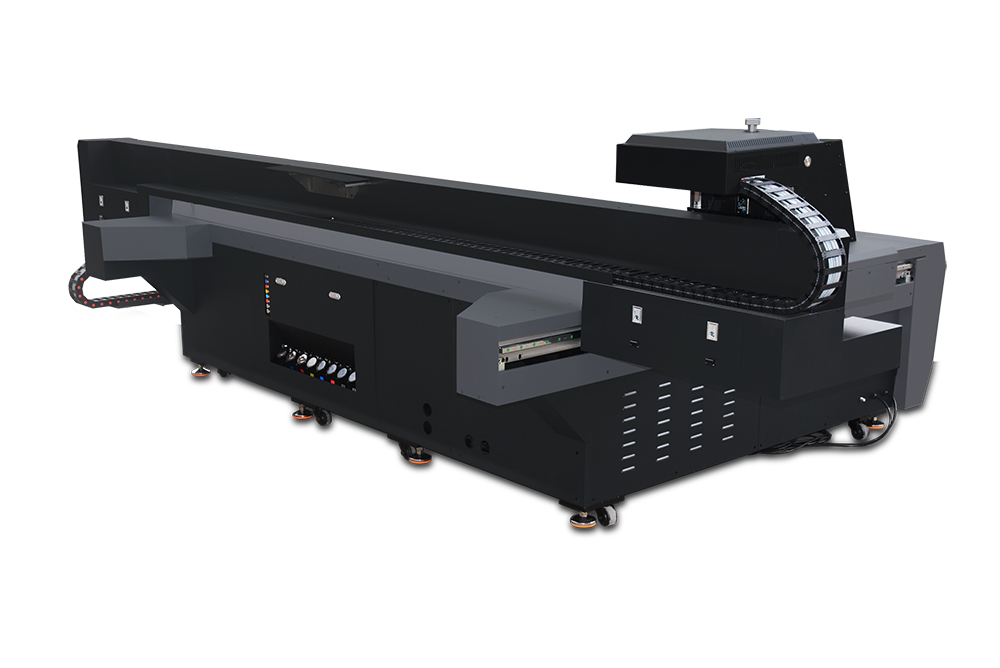UV Flatbed Printer vs Traditional Printers: What’s the Difference
In the dynamic world of printing, where creativity meets technology, businesses and individuals are constantly seeking solutions that balance quality, cost, and versatility. Two primary options often come into focus: UV flatbed printers and traditional printers. While both serve the purpose of transferring images onto surfaces, their underlying technologies, capabilities, and applications differ significantly. This blog post delves into the core distinctions between these two printing methods, helping readers make informed decisions tailored to their specific needs.

Introduction to UV Flatbed and Traditional Printers
Before diving into the details, it’s essential to understand the basics. Traditional printers, such as inkjet and laser printers, have long been staples in homes and offices, primarily designed for paper-based printing. On the other hand, UV flatbed printers represent a more modern, innovative approach, utilizing ultraviolet light to cure ink instantly on a wide range of materials. This fundamental difference in technology sets the stage for a multitude of variations in performance, cost, and application.
Printing Technology: UV Curing vs. Ink Absorption
The most notable distinction between UV flatbed and traditional printers lies in their printing mechanisms. Traditional printers rely on ink absorption into the substrate (usually paper), a process that can lead to slower drying times and potential smudging, especially on non-porous materials like plastic or metal. In contrast, UV flatbed printers employ ultraviolet light to cure (harden) the ink immediately upon contact with the substrate. This instant curing process not only accelerates production but also ensures sharp, vibrant prints that are immediately ready for use, even on challenging surfaces.
Versatility in Materials: Beyond Paper and Fabric
One of the most compelling advantages of UV flatbed printers is their ability to print on virtually any flat surface, including wood, glass, metal, acrylic, and even three-dimensional objects. This versatility opens up a world of possibilities for creative industries, such as signage, packaging, interior design, and personalized gifts. Traditional printers, while excellent for paper and fabric, are limited in their material compatibility, making UV flatbed printers a preferred choice for projects requiring diverse substrates.
Speed and Efficiency: Production Capacity Compared
When it comes to speed and efficiency, UV flatbed printers often outshine their traditional counterparts. The instant curing process allows for continuous printing without the need for drying time, significantly boosting production rates. Moreover, the ability to print directly onto the final product (such as a sign or a piece of furniture) eliminates the need for additional finishing steps, further enhancing efficiency. Traditional printers, while reliable for smaller print jobs, may struggle to keep up with the demands of high-volume, fast-paced environments.
Cost Implications: Initial Investment vs. Long-Term Savings
The cost factor is a critical consideration for any printing solution. UV flatbed printers typically require a higher initial investment due to their advanced technology and capabilities. However, this investment can lead to substantial long-term savings. The elimination of drying time reduces labor costs, while the ability to print on a wider range of materials can eliminate the need for outsourcing or purchasing specialized equipment for different projects. Additionally, the durability of UV-cured prints often means fewer reprints, further cutting down on expenses. Traditional printers, while more affordable upfront, may incur higher costs over time due to ink consumption, maintenance, and potential limitations in material compatibility.
Quality and Durability: Resistance to Fading and Scratches
Quality and durability are paramount in the printing industry, especially for applications that require longevity and resistance to environmental factors. UV flatbed printers excel in this area, producing prints that are highly resistant to fading, scratching, and water damage. The UV-cured ink forms a robust bond with the substrate, ensuring that the colors remain vibrant and the details sharp for years to come. Traditional prints, while suitable for many applications, may be more prone to fading over time, especially when exposed to sunlight or harsh conditions.
Environmental Impact: Eco-Friendly Features of UV Printers
In today’s environmentally conscious world, the eco-friendliness of printing solutions is a growing concern. UV flatbed printers offer several advantages in this regard. The instant curing process reduces ink waste, as only the necessary amount is applied to the substrate. Additionally, many UV inks are formulated to be low in volatile organic compounds (VOCs), making them safer for both operators and the environment. Traditional printers, particularly those using solvent-based inks, may contribute to higher VOC emissions and ink waste, posing environmental challenges.
Conclusion: Choosing the Right Printer for Your Needs
In conclusion, the choice between UV flatbed printers and traditional printers depends largely on the specific needs and goals of the user. For businesses and individuals seeking high-quality, versatile, and durable prints on a wide range of materials, UV flatbed printers offer unparalleled advantages. Their ability to streamline production, reduce costs, and enhance creativity makes them a valuable asset in various industries. On the other hand, traditional printers remain a reliable and cost-effective option for smaller print jobs, especially those focused on paper and fabric.
Ultimately, the decision should be based on a thorough evaluation of factors such as budget, production volume, material requirements, and environmental considerations. By understanding the key differences between UV flatbed and traditional printers, readers can make informed choices that align with their unique printing needs and contribute to their overall success. Whether it’s a vibrant signage project, a personalized gift, or a large-scale packaging run, the right printing solution can make all the difference in bringing ideas to life.
